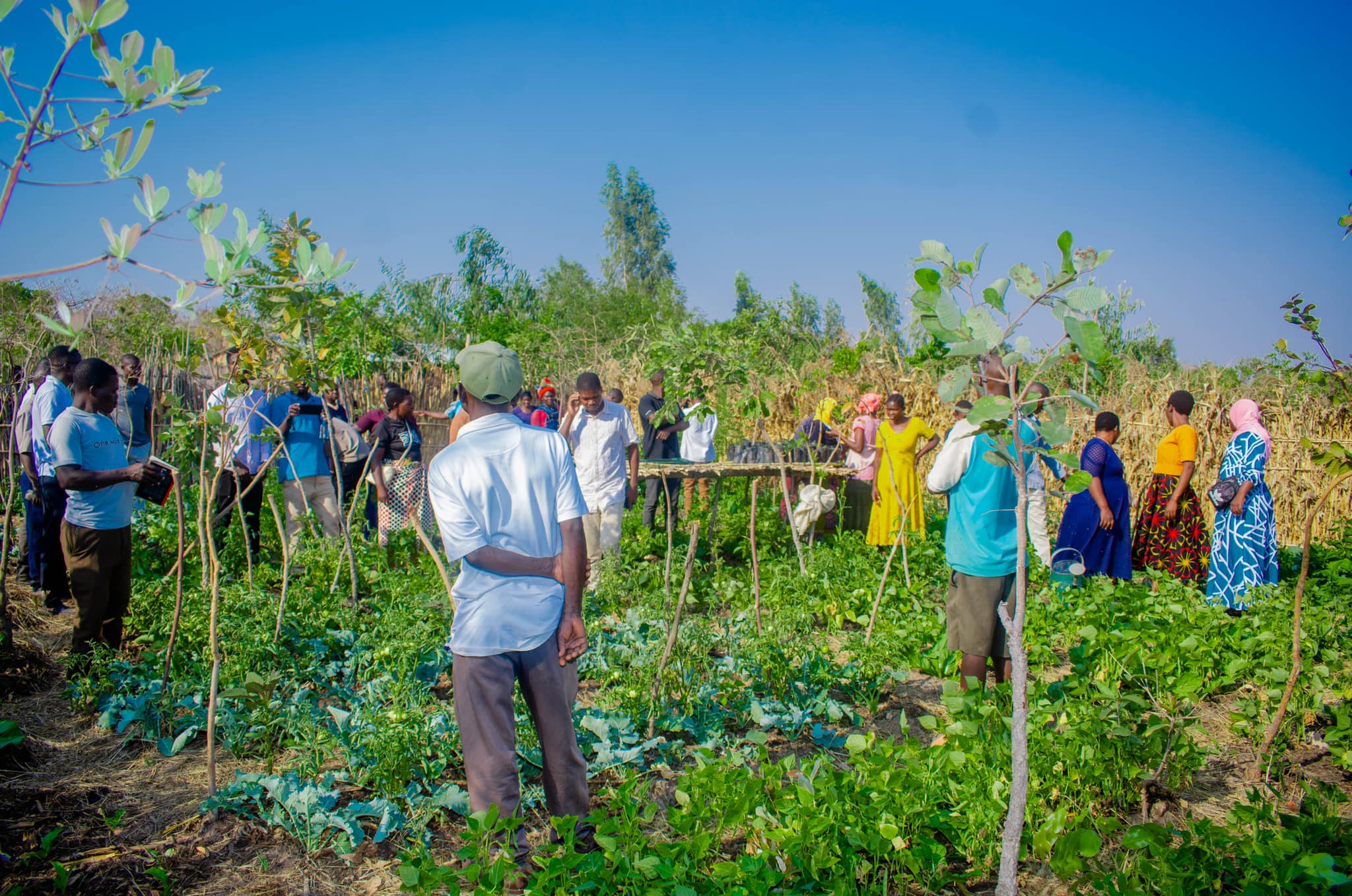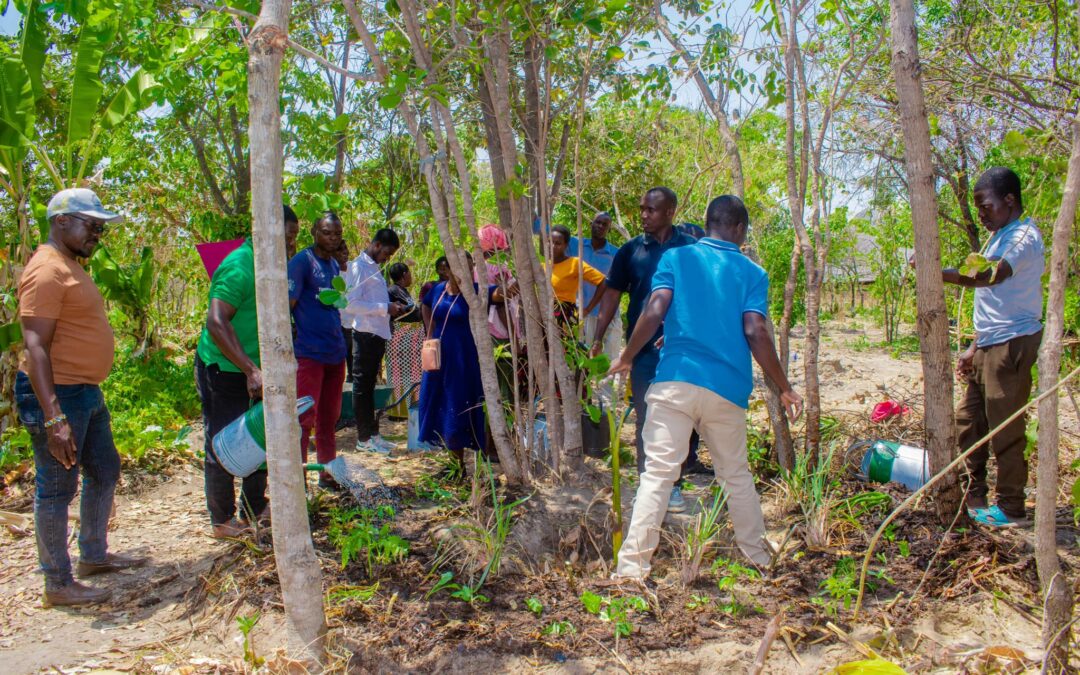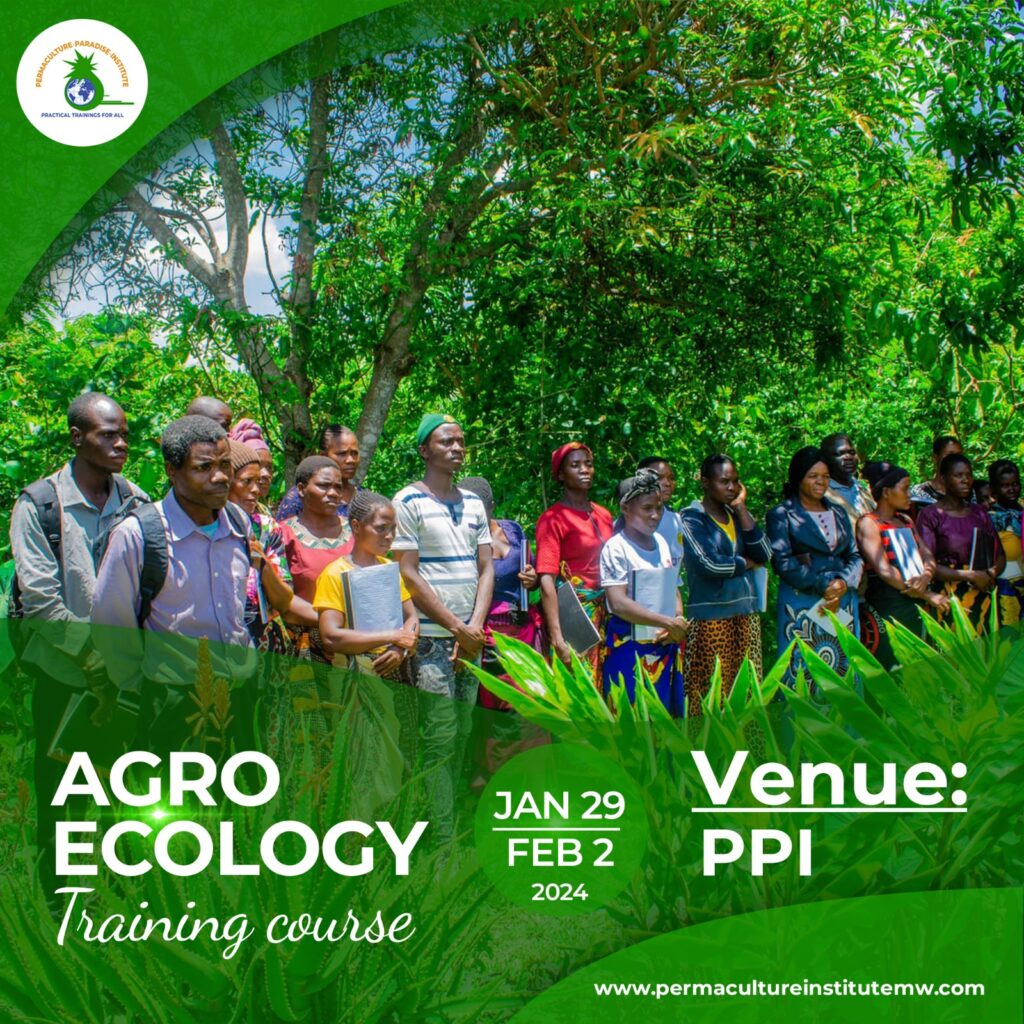On day four of the agro-ecology training, participants immersed themselves in the crucial topic of energy zone planning, exploring both the theory and practical applications. The concept, central to permaculture design, involves efficiently organizing different areas of a farm or garden based on the frequency of their use and the energy required to maintain them. This structured approach allows farmers to maximize productivity while minimizing energy input, leading to a more sustainable, well-managed ecosystem.
In the afternoon, the group shifted focus toward rural and community permaculture, embarking on a field visit to local eco-villages and sustainable communities. These real-life examples brought the theory of the morning to life, showcasing how small communities
are implementing permaculture principles to create self-sustaining environments. Participants were inspired by the way these communities used natural resources efficiently, reduced their reliance on external inputs, and fostered stronger connections between people and their environment.
The eco-village visits also highlighted the social and economic benefits of permaculture in rural settings. Beyond just growing food, these communities have built systems that promote cooperation, mutual aid, and resilience. Participants were able to interact with local farmers and community members who shared their experiences of using permaculture to solve challenges such as food security, water management, and energy efficiency. These exchanges underscored the

transformative power of permaculture, not only in terms of environmental stewardship but also in fostering a sense of shared purpose and sustainability within rural communities.
As the day drew to a close, the participants left the eco-villages with a newfound understanding of how permaculture principles can be adapted to fit both individual needs and larger community initiatives.

The blend of energy zone planning and the holistic approach of rural permaculture inspired many to rethink how they could incorporate these techniques into their own projects, aiming for systems that are not only efficient but also deeply rooted in harmony with nature.



